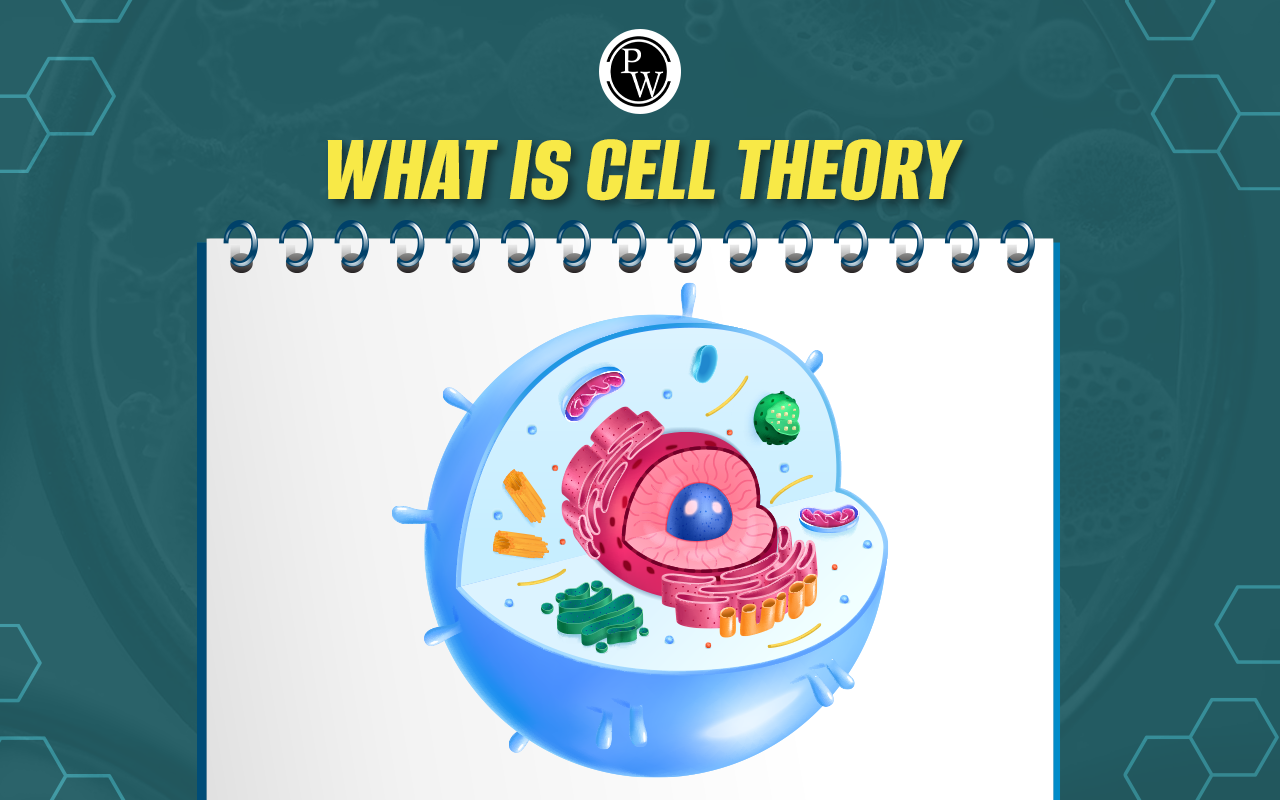
CFC Full Form is Chlorofluorocarbons, halogenated hydrocarbons consisting of carbon and halogen elements, specifically chlorine and fluorine. CFCs are colourless, inert, odourless, and toxic. While CFCs are largely unreactive in the lower atmosphere, chemical reactions can occur in the upper atmosphere.
Furthermore, we must recognize and respect the severe threat CFCs pose to our environment. These pollutants contribute to global warming by depleting the ozone layer.CFC Full Form in Medical
CFC Full Form in Medical stands for chlorofluorocarbons, which refer to harmless and nonflammable compounds composed of fluorine, chlorine, and carbon atoms. CFC finds application in various industries, including producing blowing agents for packaging materials and foam, aerosol sprays, solvents, and refrigerants. The full form of CFC falls under the halocarbons, compounds containing carbon and halogen atoms. Each CFC molecule is uniquely identified using a numbering system, with the number 11 denoting the specific combination of carbon, fluorine, hydrogen, and chlorine atoms.
CFC Full Form in English
CFC Full Form in English is Chlorofluorocarbons, also referred to as Freon. These compounds contain carbon, fluorine, and chloride components. They play a significant role in ozone layer depletion, making them a matter of great concern. HFCs and CFCs are fluorocarbons. The full form of HFCs is Hydrofluorocarbons. These two unique categories can be classified. HFCs are a subset of the wider category known as CFCs. Unfortunately, CFCs, as well as HCFCs and halons, contribute to the depletion of the Earth's protective ozone layer. The ozone layer protects the earth's surface from harmful UV radiation.
CFC Full Form in Hindi
CFC का पूरा नाम "क्लोरोफ्लोरोकार्बन" है, जो हिंदी में "क्लोरोफ्लोरोकार्बन" के रूप में अनुवादित होता है। CFC एक प्रकार का रसायनिक यौगिक है जो आमतौर पर अविष्कृत किया जाता है और विभिन्न उद्योगों में उपयोग होता है। CFC का प्रमुख उपयोग विद्युतीय उपकरणों, अधिकांश रंगों, और अन्य उत्पादों के निर्माण में किया जाता है। CFC का उपयोग वायुमंडल में ओजोन के नुकसान के कारण विवादित हो गया है, और इसके प्रयोग पर नियंत्रण लगाया गया है।
| October Month’s Medical Days | |
| World Heart Day | Breast Cancer Awareness Month |
| World Mental Health Day | World Arthritis Day |
| Global Handwashing Day | World Food Day |
Properties of CFCs
Carbon bonds with tetrahedral symmetry in CFCs, as in simpler alkanes. However, when derived from CH4 (methane), CFCs deviate from the ideal tetrahedral symmetry. Here are some essential characteristics of CFCs:
- CFCs have lower volatility compared to their parent alkanes. For instance, while methane boils at -1610C, chloromethane boils at temperatures ranging from -51.7 °C (CF2H2) to -1280C (CF4).
- The density of CFCs is generally higher than that of their corresponding alkanes. The number of chlorides present influences the density of these compounds.
- CFCs are odorless, have low flammability, and lack a distinct taste. CFCs are also chemically stable, which means they undergo no chemical reaction.
- Due to fewer carbon and hydrogen bonds, CFCs are less flammable than methane (CH4).
Environmental Impacts of CFCs
The full form of CFCs is chlorofluorocarbons. This type of chemical has had a significant influence on the environment. CFCs contain carbon, hydrogen, chlorine, and fluorine. Chlorofluorocarbons are compounds commonly found in petroleum, natural gas, and insecticides. CFCs contribute to climate change, ozone layer depletion, affect plant development, and increase the risk of cancer and respiratory disorders in humans.
Ozone Depletion
CFCs reach the Ozone layer as they move toward the stratosphere. This causes a chemical reaction in which ultraviolet radiation breaks apart the CFC molecules, producing chlorine atoms capable of destroying ozone molecules. Losing the ozone layer increases the risk of skin cancer in people and reduces plant health, particularly in crops. Here are some implications caused by the loss of the stratosphere are:
- Increased Risk of Skin Cancer and Cataracts: When the ozone layer thins, the UV radiation can easily fall on the earth's surface and cause the health problems such as skin cancer and cataracts
- Effect on Plant Life: CFCs lead to the loss of the stratosphere, which impacts plant life on land and in water.
- Ground-Level Ozone (Smog) creation: CFCs also lead to ground-level ozone, generally known as smog. Smog is dangerous to the Human respiratory system.
Changes in climate
In addition to depleting ozone, CFCs and HCFCs retain heat in the lower atmosphere, warming the earth and causing weather and temperature to vary. HFCs were developed to replace CFCs and HCFCs because they collected and absorbed infrared light or heat in the earth's lower atmosphere. Greenhouse gases consist of HFCs, CFCs, and HFCs. These gases contribute to global warming.
Extensive Hydrocarbon Damage Caused by Oil
Massive oil spills endanger human health and the environment. Animals and humans may be damaged if exposed to large amounts of oil. Animals that consume the oil may also be poisoned. Oil is not only damaging in large spills; little emissions from car leaks and other sources can add up to have devastating environmental consequences.
Effects of CFCs on Human Health
CFCs have a significant effect on human health. Some problems commonly caused by the intake of CFCs are listed below.
Inhalation
Inhaling CFCs can harm the central nervous system and cause drunkenness. CFCs' side effects are similar to alcohol intake, such as epileptic fits, tremors, and lightheadedness.
Ingestion or Absorption Through Skin
Contact with CFCs through ingestion or absorption by the skin can cause skin irritation, itchiness, or dermatitis. If exposed to pressurized CFC leaks, such as those from refrigeration systems, there is a risk of frostbite due to direct skin contact.
Effect on the Immune System
CFCs can harm the immune system, partly due to their effect on the central nervous system. CFCs are pollutants that harm the human body. CFCs affect their functioning and lead to various diseases in the body by weakening the immune system.
Check NEET Exam Important Links
| NEET Exam Important Links | |
| NEET Syllabus | NEET Sample Paper |
| NEET Notes | NEET Previous Year Question papers |
CFC Full Form FAQs
How do chlorofluorocarbons affect humans?
Do CFCs have an odour?
Why is CFC dangerous?
What are a few examples of well-known CFCs?
Why were CFCs outlawed?










